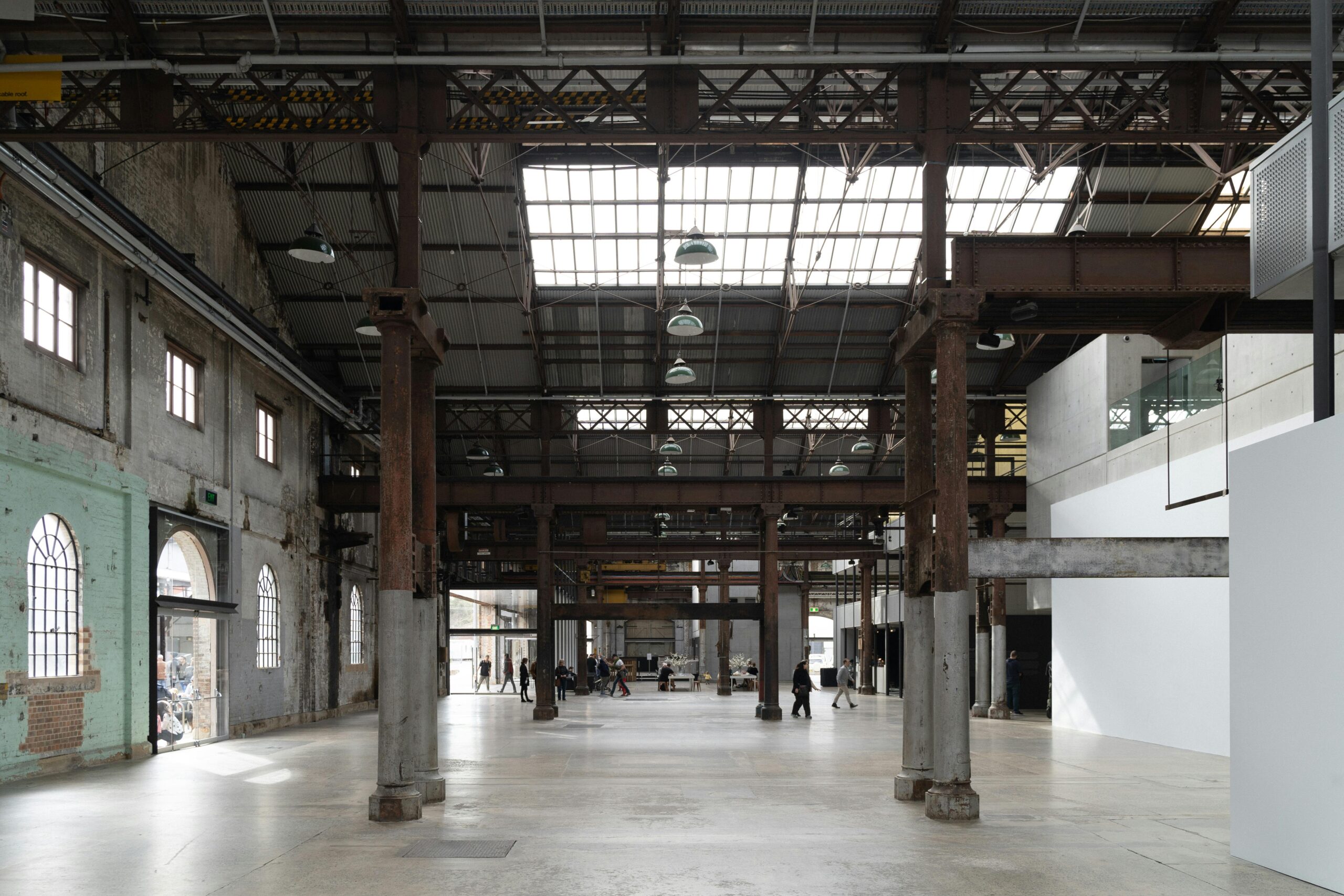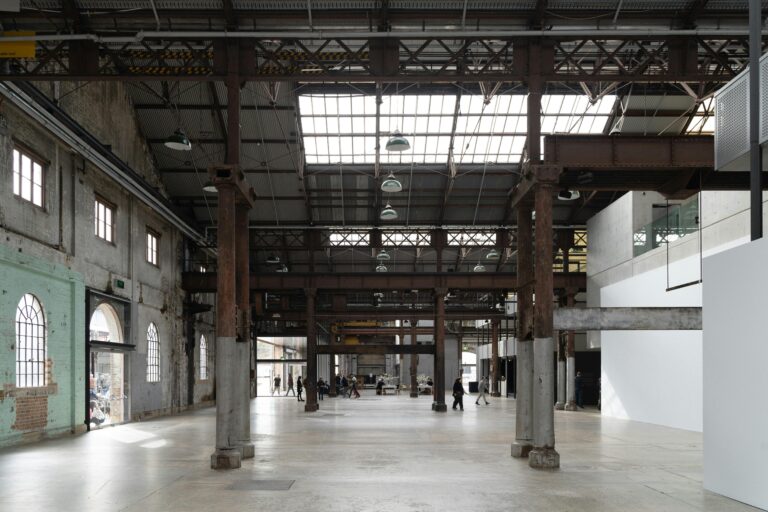
Adaptive reuse is becoming a key trend in the United States real estate market. For both first-time homebuyers and long-time investors, understanding the benefits and potential of adaptive reuse projects can be crucial to making smarter, more sustainable real estate decisions. With shifting economic landscapes, rising construction costs, and increasing emphasis on sustainability, adaptive reuse offers an innovative solution that meets modern needs while preserving history.
In this blog post, we’ll explore why adaptive reuse is shaping the future of commercial real estate development, the factors driving this trend, and how it benefits both investors and homebuyers.
What Is Adaptive Reuse?
Before diving into its significance, let’s first define what adaptive reuse means. Adaptive reuse is the process of repurposing an existing building for a use different from its original purpose. Instead of demolishing old buildings, developers preserve the structure and adapt it to fit new needs. This could mean transforming an old warehouse into a loft apartment, a former factory into office space, or a vacant retail building into a restaurant or mixed-use space.
In recent years, adaptive reuse has gained momentum as an economically and environmentally savvy approach to development. Rather than starting from scratch with new construction, adaptive reuse focuses on revamping existing structures to make them functional for modern-day use.
The Economic Benefits of Adaptive Reuse
For first-time homebuyers, adaptive reuse offers an affordable way to enter the real estate market. As construction costs for new buildings continue to rise, repurposing older structures can often be a more cost-effective alternative. In many cases, the cost of retrofitting an old building can be lower than the expenses involved in constructing a new one from the ground up. This makes adaptive reuse an appealing option for developers looking to minimize costs and maximize return on investment.
Long-time investors are particularly drawn to adaptive reuse because of its potential for high returns. The inherent charm and character of repurposed buildings often attract tenants and buyers willing to pay a premium for the uniqueness of the space. Historic structures in desirable locations can be transformed into trendy office buildings, luxury apartments, or boutique retail spaces, drawing high-quality tenants and maximizing rental income potential.
Sustainability and Environmental Impact
Another major driver of adaptive reuse is sustainability. As climate change and environmental impact become growing concerns, developers and homebuyers alike are looking for ways to reduce their carbon footprint. Demolishing old buildings and constructing new ones consumes significant amounts of energy and raw materials, while adaptive reuse minimizes waste and preserves valuable resources.
The environmental benefits of adaptive reuse are clear. Repurposing existing structures requires fewer materials, reduces waste, and uses less energy than traditional construction. In addition, repurposing buildings can help preserve local history and culture by maintaining iconic landmarks that add to the charm and character of a community.
For investors with an eye on future trends, buildings with sustainable features and a lower environmental impact are becoming increasingly desirable to tenants and buyers. In fact, many large corporations and organizations are now prioritizing eco-friendly office spaces and residential buildings, making adaptive reuse a more attractive option in the face of growing demand for sustainable spaces.
Enhancing the Community and Preserving History
One of the most compelling reasons for adaptive reuse is its potential to enhance local communities. By transforming old, underutilized buildings into functional spaces, adaptive reuse projects can breathe new life into neighborhoods that may have been overlooked or struggling. Many developers are now focusing on revitalizing urban areas, turning abandoned warehouses, factories, and retail spaces into thriving hubs of activity.
For homebuyers, particularly those who appreciate a sense of history, adaptive reuse offers an opportunity to live or work in spaces with a unique narrative. Unlike new construction, which can often feel generic, repurposed buildings have stories to tell. Whether it’s a former industrial building or an old schoolhouse, these spaces carry a sense of identity and character that can’t be replicated in new developments. This adds to their appeal and helps foster a strong sense of community and place.
For investors, transforming dilapidated or vacant buildings into valuable, profitable assets can be a smart way to contribute to the local economy. Adaptive reuse projects often attract new businesses, residents, and visitors to an area, which in turn can help raise property values and stimulate further development.
Meeting Modern Needs with Unique Spaces
While adaptive reuse preserves the charm of old buildings, it also allows developers to meet modern needs. Whether it’s upgrading the building’s infrastructure, adding energy-efficient systems, or converting the space to better suit current trends, adaptive reuse projects offer a unique blend of old-world charm and modern functionality.
For example, many developers are converting former office buildings into trendy mixed-use spaces or loft apartments with open-concept designs, high ceilings, and modern amenities. These spaces appeal to renters and homebuyers who want the character and architectural details of older buildings, combined with the comforts and technologies of contemporary living.
Additionally, adaptive reuse can meet the growing demand for more flexible and dynamic commercial spaces. With the rise of remote work, co-working spaces, and mixed-use developments, adaptive reuse offers an opportunity to create spaces that are adaptable to changing market conditions. Developers can transform old buildings to accommodate a range of uses, from offices and retail spaces to residential units, meeting the ever-evolving needs of businesses and residents alike.
Financing Adaptive Reuse Projects
One question that may arise for both first-time homebuyers and investors is how adaptive reuse projects are financed. While adaptive reuse projects may require a significant upfront investment, they also come with a number of potential financial incentives. Many states and local governments offer tax credits, grants, or incentives for adaptive reuse projects, particularly for historic buildings. These incentives can help offset the cost of renovations and make adaptive reuse an even more attractive option.
For long-time investors, adaptive reuse offers opportunities for creative financing, especially when it comes to leveraging historical tax credits or securing government support. With the right financial planning, adaptive reuse can offer a solid return on investment, especially in areas where demand for unique, sustainable spaces is high.
The Growing Popularity of Mixed-Use Developments
Another reason adaptive reuse is taking off in commercial real estate is the growing demand for mixed-use developments. A mixed-use project integrates residential, commercial, and retail spaces within the same building or complex. This trend reflects a shift away from suburban sprawl and toward urban living, where people want to live, work, and play in the same area.
Adaptive reuse is an ideal strategy for creating mixed-use developments in cities, particularly in older neighborhoods with a surplus of underutilized or vacant commercial properties. By repurposing buildings for mixed-use purposes, developers can create vibrant communities where residents have easy access to shops, restaurants, offices, and other amenities. For both homebuyers and investors, mixed-use developments offer a high level of convenience, walkability, and an attractive lifestyle that appeals to a broad range of people.
Future Outlook for Adaptive Reuse
The future of adaptive reuse in the U.S. real estate market looks promising. As demand for sustainability, flexibility, and unique spaces continues to grow, adaptive reuse is expected to remain a key component of commercial real estate development. Additionally, as urbanization increases and more people move to cities, the need for creative solutions to space utilization will only intensify.
For first-time homebuyers, adaptive reuse projects offer an entry point into the real estate market, especially in areas where affordable housing is scarce. For long-time investors, adaptive reuse presents an opportunity to diversify portfolios by tapping into a growing market of environmentally conscious tenants and buyers seeking distinctive spaces.
Adaptive reuse is more than just a trend – it’s a solution to many of the challenges facing today’s real estate market. Whether you’re a first-time homebuyer looking for a unique living space or a seasoned investor searching for high-return opportunities, adaptive reuse offers compelling benefits. It combines sustainability, historical preservation, and modern design to create valuable properties that meet the needs of today’s market.

As the real estate industry continues to evolve, adaptive reuse is likely to remain a cornerstone of future development. By embracing this innovative approach, both buyers and investors can unlock the potential of repurposed spaces, contributing to more sustainable, vibrant, and thriving communities across the United States.





